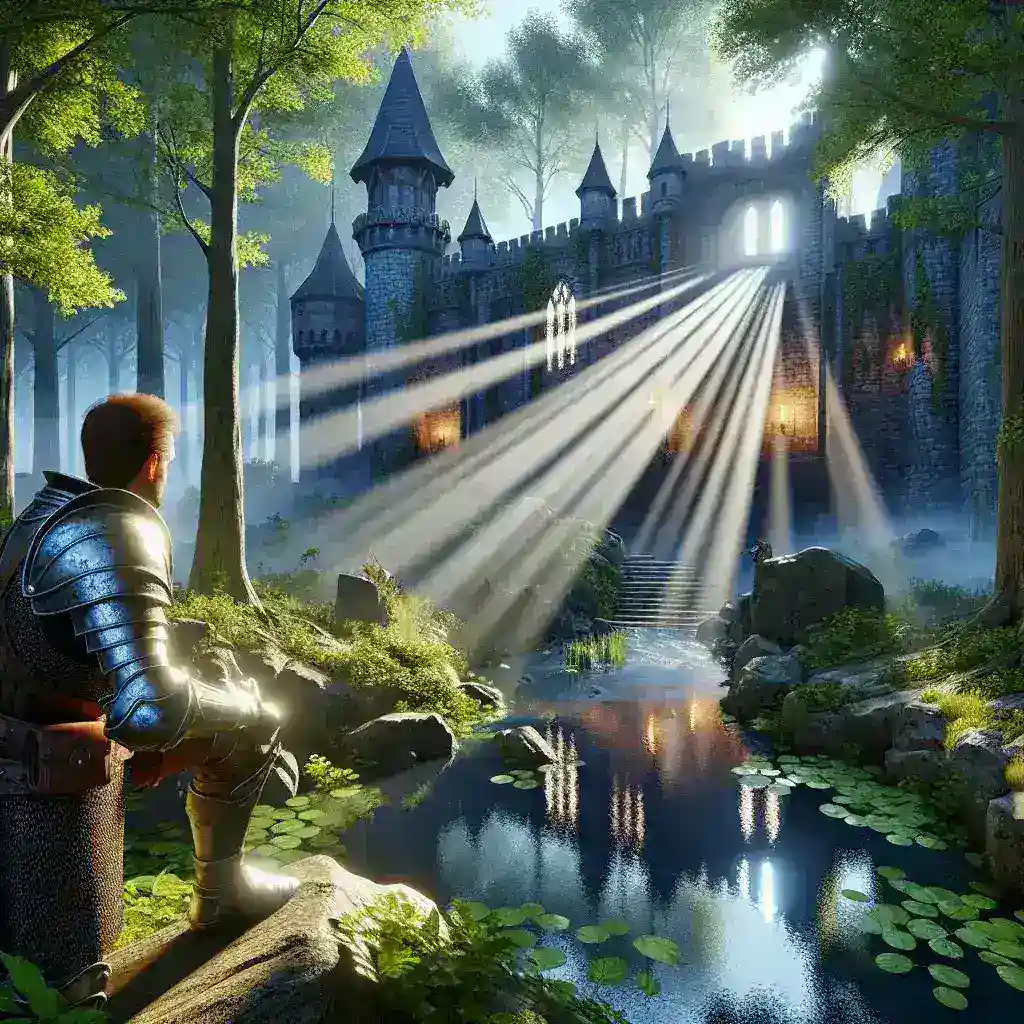Ray tracing is a rendering technique that simulates the physical behavior of light to deliver more realistic and immersive visuals in computer graphics. Unlike traditional rasterization methods, which approximate the appearance of objects and textures, ray tracing traces the path of light rays as they interact with virtual objects. This leads to enhanced realism with accurate reflections, refractions, shadows, and global illumination.
Advantages of Ray Tracing
Ray tracing offers several advantages over traditional rendering techniques. These include:
- Realistic Lighting: Ray tracing allows for dynamic and realistic lighting effects, including accurate shadows and nuanced light reflections.
- Improved Reflections and Refractions: Objects rendered with ray tracing can accurately reflect their surroundings, adding a layer of realism previously unattainable with rasterization.
- Better Shadows: Shadows produced with ray tracing are softer and more natural, mimicking how shadows behave in the real world.
- Advanced Global Illumination: This technique enables light to interact with multiple surfaces, creating a more life-like scene with lighting that reacts naturally.
Disadvantages of Ray Tracing
Despite its advantages, ray tracing also has some drawbacks:
- Performance Cost: Ray tracing is computation-heavy and can significantly reduce frame rates, requiring powerful hardware for optimal performance.
- Hardware Requirements: Not all systems can support ray tracing; it requires modern GPUs with dedicated ray tracing capabilities, such as NVIDIA’s RTX series or AMD’s Radeon RX series.
- Optimization Challenges: Games need to be optimized well to utilize ray tracing efficiently, which can increase development time and costs.
Impact of Ray Tracing on Gaming Graphics
Ray tracing has revolutionized gaming graphics by providing a more realistic and immersive visual experience. Here’s how it affects various elements of gaming graphics:
1. Lighting
Ray tracing simulates real-world lighting conditions, which results in more lifelike illumination in games. For instance, light passes through windows, creating patterns and shadows that mirror a realistic environment, contributing to a more interactive setting.
2. Reflections
Before ray tracing, reflections in games were often static and pre-rendered. With ray tracing, reflections mirror changes in the environment in real-time, adding depth to water surfaces, glass, metals, and other reflective surfaces.
3. Shadows
Shadows appear with more accuracy and realism when generated by ray tracing. They account for elements such as soft edges and light diffusion, enhancing the overall ambiance and immersion.
Comparison Table of Traditional Rendering vs. Ray Tracing
| Feature | Traditional Rendering | Ray Tracing |
|---|---|---|
| Lighting | Approximate | Realistic |
| Reflections | Static | Dynamic |
| Shadows | Hard edges | Soft edges |
| Performance | High FPS | Lower FPS |
Hardware and Software Support
NVIDIA
NVIDIA’s RTX series of graphics cards was among the first to offer dedicated ray tracing cores. These GPUs provide real-time ray tracing capabilities, enhancing gaming experiences and pushing graphical boundaries.
AMD
AMD’s Radeon RX 6000 series also supports ray tracing, aiming to compete with NVIDIA by providing high performance and advanced rendering features.
Game Engines
Modern game engines such as Unreal Engine and Unity have incorporated ray tracing support, making it easier for developers to implement these features in their games.
Challenges and Future Prospects
Ray tracing is still in its infancy in the gaming industry, with several challenges to overcome:
- Optimization: Developing optimized games that fully utilize ray tracing technology without sacrificing performance remains a significant challenge.
- Accessibility: Making ray tracing accessible to gamers with varying hardware capabilities is crucial for widespread adoption.
However, as hardware continues to evolve and software optimizations improve, ray tracing technology is expected to become more commonplace in both AAA and indie games, offering gamers an unrivaled visual experience.
Conclusion
Ray tracing represents a significant leap forward in gaming graphics. By simulating real-world lighting and rendering techniques, it provides an unparalleled level of realism. While it comes with challenges like increased performance demands and higher hardware requirements, its potential to revolutionize the visual gaming experience is undeniable. As technology continues to advance, we can expect ray tracing to become an integral part of gaming graphics, setting new standards for realism and immersion.




